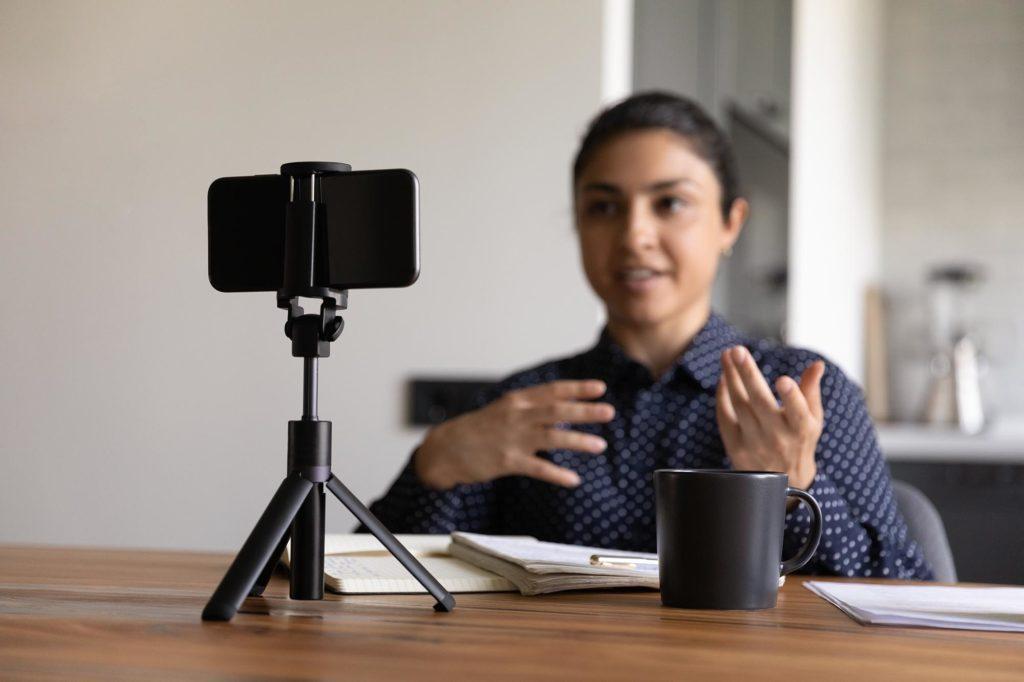Practice
Communicating Psychological Science: Becoming a Science Celebrity

From biology and medicine to engineering and astrophysics, popular science spokespeople are few and far between. Only a small number have become household names, like Neil deGrasse Tyson, Brian Greene, Jane Goodall, and Bill Nye.
Each of these individuals has published popular books, appeared on television, and served as an expert on breaking news. They may not represent the forefront of research in their fields, but they spend much of their time outside of the lab communicating science. For elite science communicators, speaking fees can be as much as $1,500 per minute.
However, most scientists who devote time to public outreach do so out of a passion to share their knowledge, not as a lucrative career choice. Even the most rudimentary outreach activities require considerable time and effort, from preparing a speech to writing an op-ed. This sort of grassroots science outreach can be both daunting and frustrating, especially with the ever-growing stream of antiscience propaganda filling the public arena.
So how to be heard above the din of misinformation? By going to where most people interested in a subject get their information—social media, an ever-evolving collection of channels tailored to specific audiences.
Facebook and Twitter have both been around for about 15 years (almost an eternity in the online world), but they are no longer the reigning champs in the social media space. In 2020, they were overtaken by TikTok, the first non-Facebook-owned app to exceed 3 billion downloads. Other apps gunning for the number-one spot include Clapper, Vevo, and Twitch. For those unfamiliar with the terrain, the environment can be a little intimidating. But if you’re intrigued by the idea of developing a following, countering misinformation, and sharing the fruits of psychological science research online, it is possible to get started on firm ground and build from there.
The first step is to understand that there is competition for eyeballs. Every social media platform is teeming with content, and users’ attention spans can be phenomenally brief. You need to create engaging content to build a following. Some of the leading content producers find success by interacting one-on-one with their followers. They monitor comments, treat posts and threads like conversations, and talk directly to individuals. This works best for those who are telegenic and add theatrical flair to their presentations. Some TikTok creators from the science world have hundreds of thousands of followers—an order of magnitude more than most best-selling science writers. If your choice is between being TikTok famous and featured in a magazine sold in major airports, choose the former.
The time commitment is considerable, but so is the return on investment. Most successful influencers post new content anywhere from several times a week to several times each day. In addition, they routinely engage with their followers by answering questions, creating new content to address requests, and responding to inevitable criticism.
To the last point, social media opens the floodgates to passionate opinions, which can at times devolve into personal attacks. How you deal with these comments is a personal choice: ignore them, block them, or engage with them. Each choice has repercussions. Ignoring or blocking a commenter can spark criticism. Engaging can encourage fierce debate that can derail productive dialog. However you respond will affect your brand and the demographics of your followers.
The benefits of these efforts, however, cannot be overstated. According to a 2018 Pew Research Center study, fully 26% of social media users follow at least one science-related page, and 44% say they encounter science news on social media they would not have seen anywhere else.
If psychological science is going to be part of the public debate on important issues—from climate change to vaccines to human rights—we need to be part of this online community.





Comments
Columbia University
Member
Member Since 01/01/1998
To add to this informative article, its crucial to have solid psychological science– a body of work–to communicate
Pacific University
Member - 2 Years
Member Since 06/26/1996
Totally agree with the point that we should be doing more to get our science outside the ivory tower. And that it’s really hard work. I work at a Liberal Arts College where most of my students are not going to be researchers and some will be clinicians. But all of them use social media, and so I have been working on designing class projects / assignments around this fact. I’ve started an Instagram site where some of my students’ work is showcased, but it is really hard to get followers: https://www.instagram.com/psychsoundbites/. I’ve been using google tools to have students build websites too (see here for the growing array of projects: https://sites.google.com/pacificu.edu/authentic-learning-with-prf-k/home), but that too is hard to get “out there”. But the challenges aren’t stopping me from doing the work. I think it’s really valuable. Psych-Sci has so much to offer, if only folks knew about it.
APS regularly opens certain online articles for discussion on our website. Effective February 2021, you must be a logged-in APS member to post comments. By posting a comment, you agree to our Community Guidelines and the display of your profile information, including your name and affiliation. Any opinions, findings, conclusions, or recommendations present in article comments are those of the writers and do not necessarily reflect the views of APS or the article’s author. For more information, please see our Community Guidelines.
Please login with your APS account to comment.